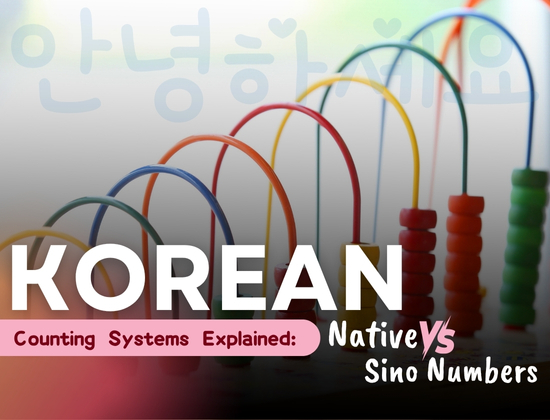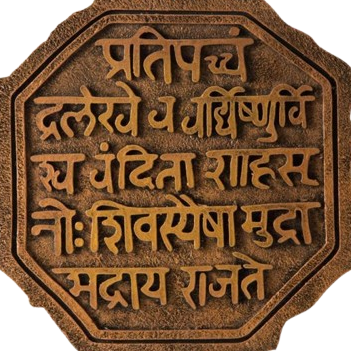
Korean Counting Systems Explained: Native vs Sino Numbers
.
Korean Counting Systems Explained: Native vs Sino Numbers
2 systems
5 ways to say 1
100 percent confusion—until now
If you’ve ever tried counting in Korean and thought, wait... why are there two ways to say everything?—you’re not alone. Korea has two counting systems, and they both show up daily like surprise guests at a dinner party. The result? Utter chaos for beginners. But don’t worry. We're here to make it make sense.
Let’s break it down—SKOOL style
The Double Trouble: Why Two Counting Systems?
Korean numbers come in two flavors
Sino-Korean Numbers
Borrowed from Chinese centuries ago
Used in anything official, logical, measurable, or time-based
Examples: money, dates, phone numbers, floors, math, minutes
Think: calculators clocks and calendars
Native Korean Numbers
Indigenous to the Korean language
Used for counting people age (casually) things and hours on the clock
Examples: friends apples children shots of soju
Think: real life real people real problems
One Language—Two Ways to Say the Same Thing
Let’s take a wild ride through the world of Korean numbers
One apple
사과 한 개 (Native)
One person
한 명 (Native)
One o'clock
한 시 (Native)
One minute
일 분 (Sino)
One thousand won
천 원 (Sino)
January 1st
일월 일일 (Sino)
See what just happened? The same number—1—came out in five different ways. That's Korean for you. The system is context-based not number-based. It’s not just about what number you’re saying but what you're saying it for
When to Use What?
Here’s your cheat sheet
Use Case – Counting System – Example
Money – Sino – 오천 원 (5000 won)
Time Minutes – Sino – 삼십 분 (30 min)
Time Hours – Native – 네 시 (4 o'clock)
Counting People – Native – 두 명 (2 people)
Counting Things – Native – 세 개 (3 items)
Phone Numbers – Sino – 공일공 사오육칠팔 (010-45678)
Dates Years – Sino – 이천이십오년 (2025)
Still confused? Good. That means your brain is doing the heavy lifting now. It gets easier we promise
Why Not Just Use One?
Honestly? We don’t know either. Tradition history and linguistic spice all rolled into one. Think of it as Korea’s way of saying why make it simple when you can make it cool
Fun Fact Break (You earned it)
Native Korean numbers only go up to 99
After that it’s all Sino. Even the language taps out eventually
The number 4 (사) sounds like the word for death in Korean
So many elevators skip it. No 4th floor. Just like in horror movies
There’s a whole genre of Korean comedy that exists solely around foreigners mixing up these number systems. Don’t be that person. Or do. It’s still funny
So How Do You Master Both?
You don’t. At least not overnight
But you can train your brain to associate context with the right system. And that’s exactly what we do at The Language SKOOL
With live sessions quirky memory tricks personalized feedback and real-world practice we help you decode Korean numbers like a native and not look like you're doing mental algebra in public
TLDR: Count Smarter Not Harder
Native Korean = things hours people
Sino Korean = money dates minutes math
Learn when to switch and your life gets 100 times easier
Don’t try to memorize in isolation—connect numbers to usage
Ready to stop counting mistakes and start counting wins?
At The Language SKOOL we make Korean fun fast and unforgettable
Join us and say goodbye to number confusion—한 번에 (in one go)
Let’s count your progress together
하나 둘 셋—go!












